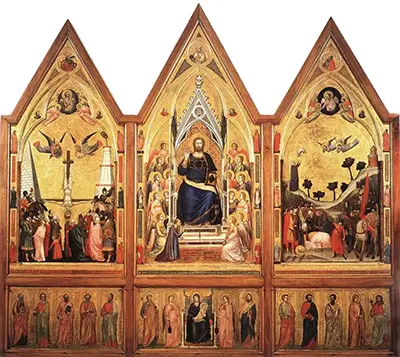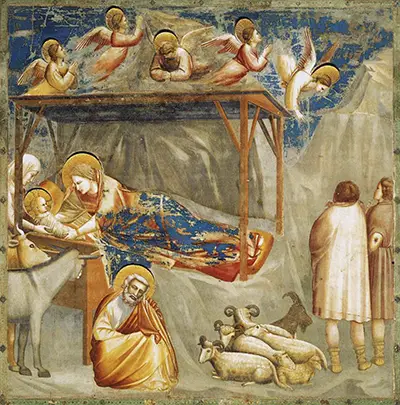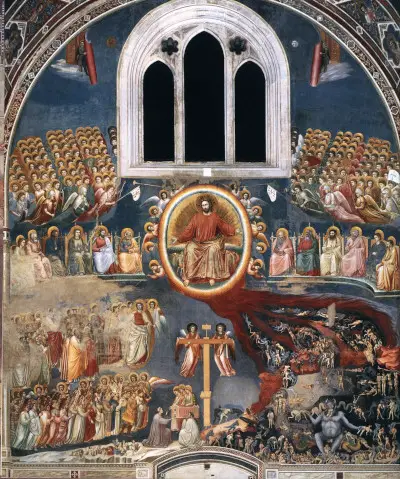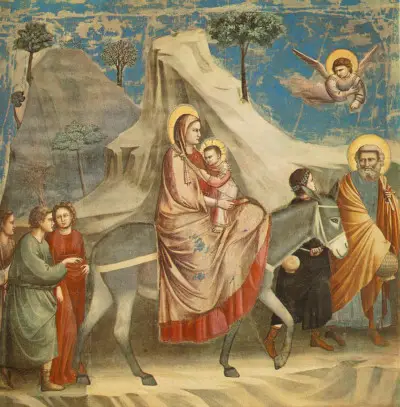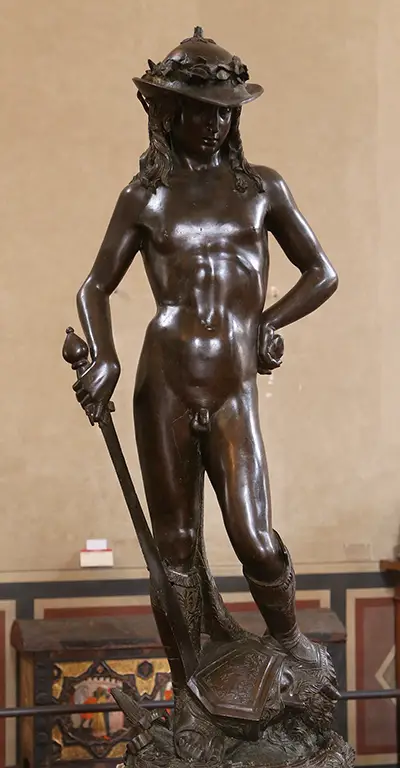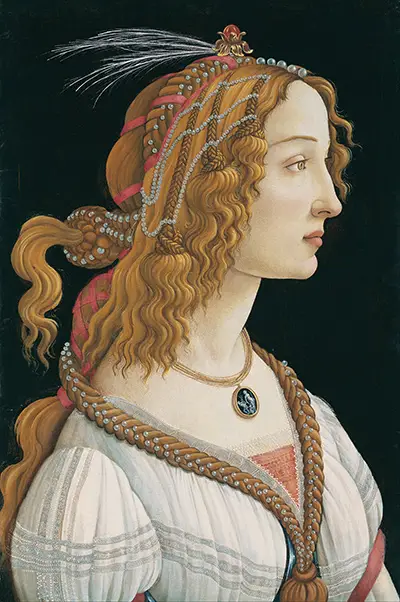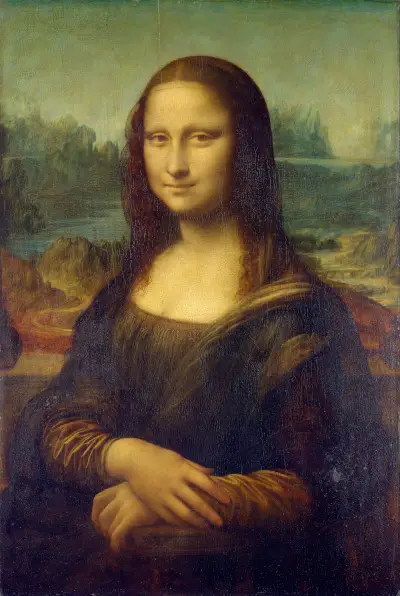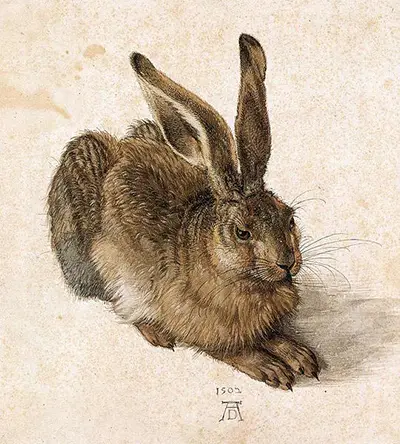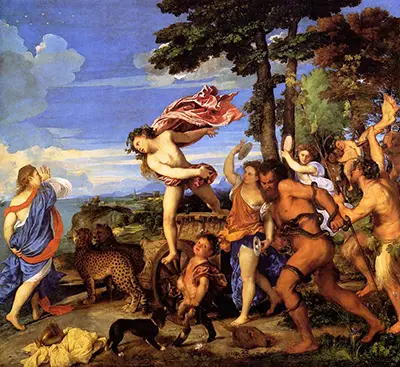The Kiss of Judas features the betrayal and arrest of Jesus Christ and has provided inspiration for countless artists, including Giotto di Bondone whose contribution is shown here.
The Betrayal by Judas mentioned here occurs shortly after the Last Supper and involves him identifying Christ though an embrace (it is from this that the phrase of a Judas Kiss was born). Those seeking Jesus then arrest him and take Christ away for punishment. The facial expression of Judas is of a man who knows precisely what he is doing and gets a feeling of satisfaction for turning in his friend. It was the chief priests and elders who pursued Jesus, whilst armed with swords and clubs. Their intentions were clear, as was the likely result for their new prisoner. On other occasions they have been described as the police force of the Sanhedrin.
Giotto would take many religious themes into his work which was entirely common for the period leading into the Early Renaissance and remained the case for several centuries after. Even the most respected artists would have to accept the wishes of their patrons and therefore were guided on what work that could produce in order to continue to receive the major commissions. At this time religion was also particularly significant within western society and so it seemed entirely normal to devote one's career to depicting different scenes from the bible rather than moving into other genres which followed on afterwards, such as portraiture and landscape art. Giotto's innovations were around the style and technical prowess of his work, rather than bringing in different types of content for the first time.
Table of Contents
- Description of Giotto di Bondone's Arrest of Christ
- What is the Story of the Kiss of Judas?
- What Techniques were used to Produce this Fresco?
- How is the Betrayal of Judas described in the New Testament?
- What Did a Kiss Symbolise in Biblical Times?
- What did Judas say to Jesus when he Betrayed him with a Kiss?
- What other Names have been given to this Fresco?
- What other Artists have taken on this theme?
- Have any Sculptures been Inspired by this Theme?
- Where can Giotto's Arrest of Christ (Kiss of Judas) be Found Today?
Description of Giotto di Bondone's Arrest of Christ
The two key figures are pictured centrally within this painting. Christ's halo helps us to identify him, whilst Judas is wearing a cloak as he embraces his friend. A struggle appears to be about to occur as other figures in the scene start to jostle and wrestle with each other. Giotto includes a large number of people within the fresco, though only those in the foreground are given any real detail. Long handled torches are lifted into the air as soldiers continue their search for Christ. Others protest about the arrest and this causes quite a commotion to ensue after Judas's act of betrayal after indicating Jesus's identity to the army who surround them. The sky above is darkened, suggesting that they have been searching for some time to find him, underlining his importance.
What is the Story of the Kiss of Judas?
The incident occurs in the Garden of Gethsemane, with Giotto depicting a nightime scene. Interestingly, Jesus had earlier predicted his death and betrayal in the New Testament but was unsure when or how exactly it would occur. Giotto depicts a scene of confrontation and emotion, placing yet more figures in the far background to give the impression of an overwhelming sense of inevitability around Christ's plight. His pain and suffering were redirected towards creating devotion and gratefulness within the Christian Church. The sense of this medieval lynching is underlined by the torch lights and sticks carried by the mob as they search for Jesus. There really is nowhere for him to escape. As Judas draws him into an embrace Christ then becomes absorbed into his cloak. Their long glance at each other sums up the situation, with no words necessary.
Few, if any, historical figures have been depicted in art as much as Jesus Christ, due to the huge role that religion has played in European society over the past 2000 years. Every significant moment in his life, as outlined in the Bible, has been used by artists at one time or another as inspiration for their work. His turbulent life and all that he sacrificed is ideally suited to providing emotive, uplifting artworks that can also easily be understood by the masses. Some artists have even devoted years of their life to depicting series of scenes from his life, just as with Giotto here who covered this Padua Chapel in a number of important events from Christ's lifetime, although other religious themes are also included and so he does not just focus on Jesus within this particular project.
What Techniques were used to Produce this Fresco?
The deterioration of the frescoes within the chapel has revealed much about the specific fresco techniques used by Giotto for this project. Giotto would work in several layers using different materials, some of which would last the test of time better than others. Auxiliary tempera was used in many parts but would not cope well with some of the atmospheric conditions found within the Scrovegni Chapel, particularly in the clothing detail on some of the figures. Some of their faces and limbs would fare better though, as they were created using buono fresco techniques. Lime based plaster was applied first before specific colours added for the detail, all of which were known to work well with the base material. Hence, Giotto chose tones such as blue, copper green, red lead, lake red for technical reasons, rather than purely from creative expression. Tin, golden tin, gold, resin and oil would then be applied over the top to embellish the key details of each fresco.
How is the Betrayal of Judas described in the New Testament?
The various gospels would slightly alter their description of this event, with earlier versions not being clear on why Judas acted in the way that he did. There were predictions by Christ at the Last Supper as to what was about to unfold. By the Gospel of Matthew, Matthew 26:15 would state that Judas acted in return for thirty pieces of silver and that these were immediately returned once he realised the error of his ways. Other interpretations have suggested that Judas was simply motivated to betray Christ because of his own possession by Satan. His offer to return the silver was not entirely accepted because of its connection to the blood of Christ, and so the proceeds were used outside of the treasury.
What Did a Kiss Symbolise in Biblical Times?
A kiss has carried several different symbolic meanings over the centuries and within biblical times it would often signify transition. Those who have passed away are often kissed on their foreheads as a way of encouraging their passage into the next world and similar was done for Moses, Aaron and Jacob after their received a kiss from God. One might therefore assume that the kiss itself for Christ was an important symbol of how Judas was aware of Christ's fate and positively supported it at the time, even though he would later regret his actions. In modern times the kiss tends to symbolise romance and passion instead and have less of a connection to religious narratives.
What did Judas say to Jesus when he Betrayed him with a Kiss?
According to Mark 14:44-46, Judas called Jesus "Rabbi", before kissing him as part of their greeting, but also to identify his friend to the nearby soldiers. They then immediately arrested Jesus, thanks to his assistance. Some other interpretations since have amended this incident, including there being multiple kisses and an extended embrace, and perhaps even different words being spoken. Ultimately, the impact was much the same and the betrayal was complete. According to scripture, Judas would immediately recognise his action as a sin and deeply regretted his behaviour, though by then it was too late, other than to repent for his misdemeanor.
What other Names have been given to this Fresco?
This artwork, and the religious theme itself, are famous internationally and so this piece has become known under a variety of different titles. Even just within the English language, the item can be known as either Arrest of Christ or Kiss of Judas, whilst some instead spell the latter as Judah instead. The Betrayal of Christ is another popular choice, although that can actually refer to another artwork within the same chapel, also by Giotto. Religious followers may also quote The arrest of Jesus (Matthew 26:47-56), which is where the inspiration first comes from. Some have even chosen to use original Italian or Latin titles instead, some of which have been used so frequently now that even non-speakers can understand and remember these particular names.
What other Artists have taken on this theme?
Those to have also taken on this theme include Caravaggio (or one of his followers), Fra Angelico, James Tissot, Gustave Doré and Wilhelm Marstrand. The precise title used by each differed, with some naming the arrest or the betrayal, others specifically the kiss, but the content would always be essentially the same. To see artists from different movements take on the same topic is always intriguing and something that has occurred frequently within the religious society of Europe during the past several centuries. It is quite likely that many of these contributors would have studied the work of Giotto prior to making their own versions, particularly those based in Italy who may have been able to view his frescoes in person.
Have any Sculptures been Inspired by this Theme?
Whilst the impact of religion on western society has faded somewhat in recent years, there is still a procession of artists who take some of these themes into their work. We will, therefore, continue to see different sculptured interpretations of the Arrest of Christ, for example, with the kiss itself offering plenty of artistic inspiration for creatives to work with. A good number have been discovered in Germany and the Czech Republic from around the Baroque era and there is also a highly regarded French relief titled, Relief of the Betrayal and Arrest of Jesus from around the 13th century. That said, most more famous depictions came from the medium of painting instead and these cover the full breadth of European art.
Where can Giotto's Arrest of Christ (Kiss of Judas) be Found Today?
The painting can today be found in the Scrovegni Chapel in Padua, Italy. It sits in the lower tier of the South Wall, and its nearest neighbours include several other artworks by Giotto, including The Last Supper, The washing of the feet, Jesus before Caiaphas and the Flagellation of Christ. The building itself has been awarded the status of an official UNESCO World Heritage Site fairly recently and this has helped to drive further tourism to the region. Much of its success in achieving this status is down to the frescoes of Giotto and this location also features regularly on tourist routes for both domestic and international visitors. Some restoration work completed on the interior of the building has also helped in achieving this highly respected award.
More Renaissance Artists



 Giotto.jpg)
 Giotto.jpg)
